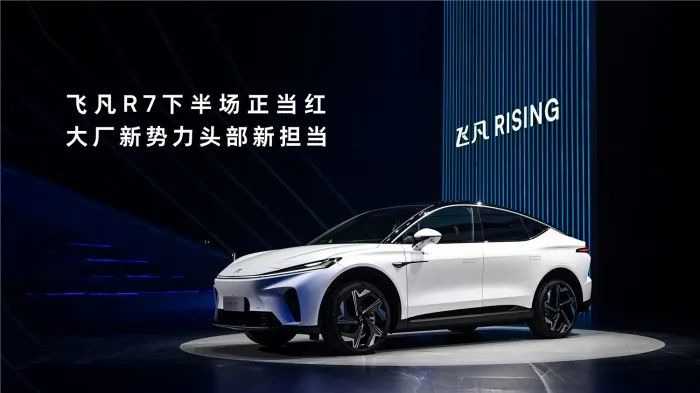Author: Wang Xuan
I once chatted with a friend about why the Tesla Model 3 and Model Y have exceptionally high sales in China.
He didn’t think it was the million-dollar Model S that established the brand image, nor did he believe that Musk’s charisma could attract Chinese consumers. Instead, Tesla excels in charging systems and networks, especially with their Supercharger experience being superior to that of other competitors, which solves users’ core anxiety points regarding electric vehicles. While NIO has a better experience with battery-swapping, their higher vehicle prices and relatively smaller target audience limit their market share.
Range anxiety remains a user’s concern.
To address range anxiety, many car manufacturers consider a 1000-kilometer range as the key performance indicator of electric vehicles, which has led to emerging technologies such as graphene batteries and solid-state batteries.
However, in the past couple of years, most automakers are shifting their focus from longer range to improving energy supplement efficiency, with 800V high-voltage platforms and battery-swapping being the hottest trends this year. Compared to breakthroughs in battery technology, users are more concerned about charging and battery-swapping station deployment.
Efficiency and user experience in energy supplement are positively linked not only to sales of a product but also to the brand image. As car prices increase, users will assign it with more missions, and a mid-to-high-end electric vehicle must have an energy supplement system that can support long-distance travel needs of its users.
At the beginning of this year, CATL announced its battery-swapping strategy to assist the host factory in addressing the energy supplement efficiency problem. Recently, Fuman Automobile also announced its plans to deploy battery-swapping stations and RBS electric vehicle separation services. From a user’s perspective, however, many people might wonder about Fuman’s battery-swapping station deployment speed and whether it can catch up with the rapid growth of new energy vehicle market penetration, which depends on actual user experience and the brand’s future trend.
“National Team” + “Big Corporations” Accelerate the Landing of Battery-Swapping Systems
Supporting Fuman Automobile’s layout of battery-swapping stations is Shanghai Jieneng ZhiDian New Energy Technology Co. Ltd., which is vigorously promoting a new to C-end mode of battery-swapping energy supplement. Despite this company looking relatively young, it is backed by investment from China Petrochemical, China Petroleum, SAIC Group, Contemporary Amperex Technology and Shanghai International Automobile City Group, with a registered capital of RMB 4 billion.
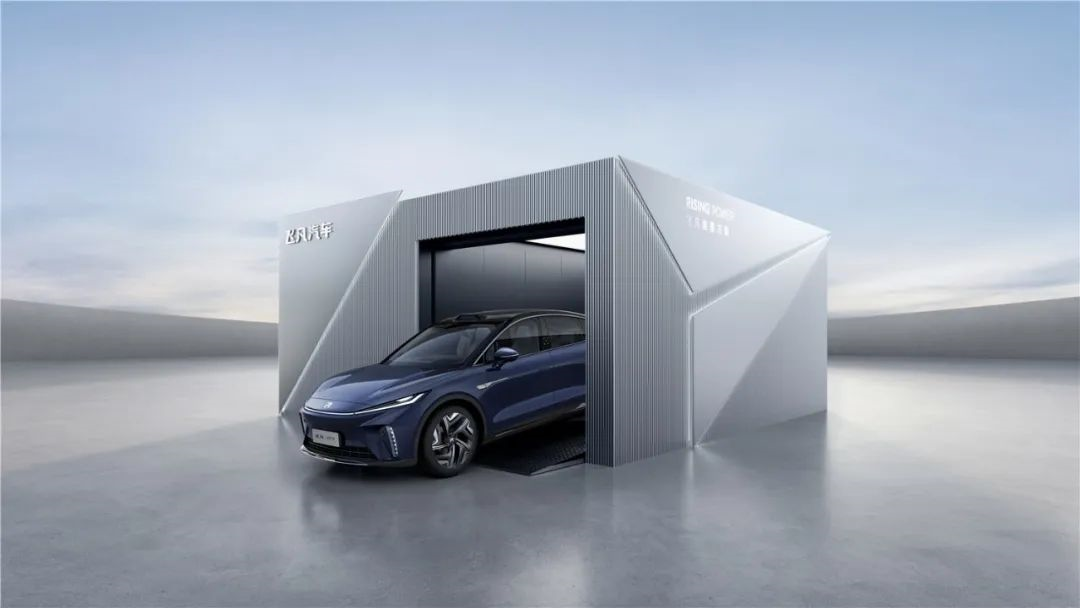
In the process of Fuman’s accelerated deployment of battery-swapping stations, there are two important partners – Sinopec and PetroChina.The mode of cooperation between gas stations and battery swapping stations is not unfamiliar. In 2021, NIO reached a strategic cooperation with “Big Oil”. However, unlike NIO, “Big Oil” opted for currency holdings to accelerate energy balance. With the support and promotion of the national “dual carbon” strategic policy, gas stations will be vigorously promoted to transform into comprehensive energy service stations and accelerate the layout of battery swapping stations.
On this basis, “Big Oil” will take the lead in promoting the transformation of more than 50,000 stations across the country into comprehensive energy service stations that combine charging and battery swapping functions.
For automobile companies, there are two major benefits to cooperating with “Big Oil” in laying out battery swapping stations:
On the one hand, there is no need for site selection. Business expansion can be carried out on existing resources to improve the efficiency of laying out battery swapping stations.
On the other hand, the property of battery swapping stations is highly similar to that of gas stations, with similar replenishment efficiency, and both have the attribute of being a waypoint.
Ordinary electric vehicle users will certainly not look for charging piles at waypoints when planning their trips, but only look for charging piles at their destination. When charging at the destination, users can go about their business without waiting in the car. The problem that battery swapping stations solve is the rapid replenishment demand of users on the road, and gas stations have already taken this into consideration when selecting sites. Therefore, cooperating with gas stations is the optimal solution for swapping stations.
In September 2022, the first Fly-Far battery swapping experience station was completed at the Anting Delivery Center in Shanghai, and nearly 40 comprehensive energy service stations will be built across the country in 2022, mainly around first-tier cities such as Shanghai, Beijing, Guangzhou, Shenzhen, and Chengdu, and will gradually sink to second- and third-tier cities. In 2023, the number of stations will reach 300, and the scale will exceed 3,000 in 2025.
Battery swapping stations are compatible with power batteries of 77 kWh and 90 kWh. Large battery swapping stations can store 30 batteries, medium ones can store 20, and small ones can store 10.During the battery replacement process, in addition to queuing at the battery replacement station, users can also make an appointment in advance through the mobile app and lock the battery. Flyco battery replacement station is equipped with a gate. When the car owner is called, the gate camera can recognize the license plate number for verification. After the recognition is passed, the bar will be lifted, which can ensure the queue order during the waiting process of the battery replacement. And the battery replacement process does not shut off the power supply, the large screen can provide audio and video entertainment, and the car continuously sends out cool air.
More Flexible Battery Solution
There has been a trilemma on electric vehicles that support battery replacement–the height of the seat, the height of the platform, and the battery replacement–these three cannot be achieved at the same time. Because of battery replacement support, the height of the entire vehicle of NIO ET5 is noticeably higher than that of the same-level products of BBA and XPeng P7, in order to provide passengers with more headroom.
To solve this problem, Flyco and CATL have redesigned the CTP battery pack, where the battery cells are no longer vertically arranged, but horizontally arranged in pairs, also known as “lying battery cells”.
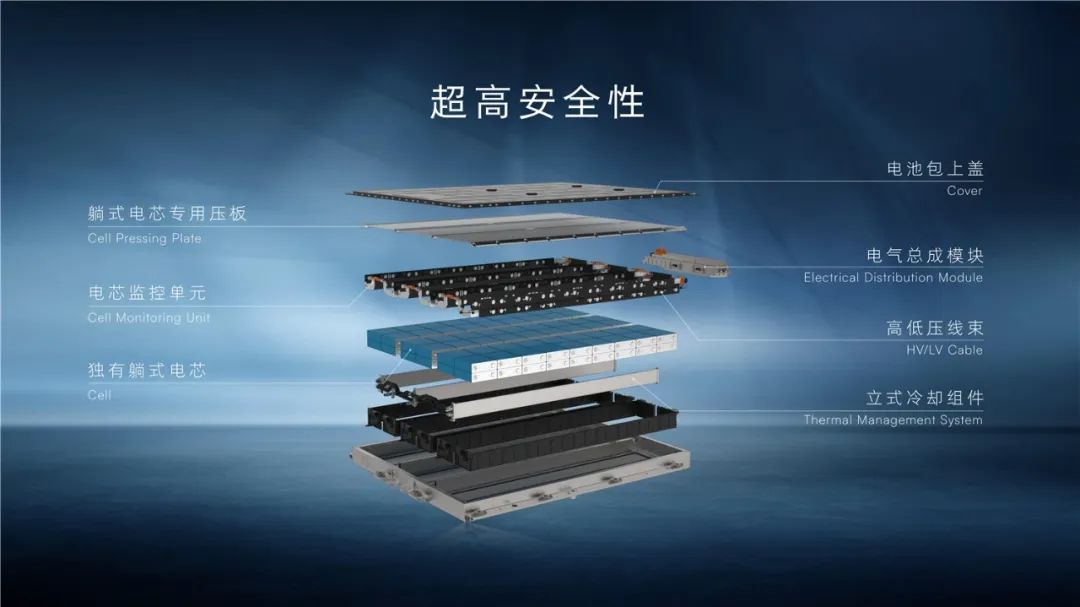
After the new layout, the overall thickness of the battery pack is reduced to between 110mm and 137mm. According to different energy requirements, the thickness of the battery pack can be increased, but the overall thickness is still significantly lower than that of the traditional flat layout, optimizing the space problem caused by the high platform.
At the same time, the CTP power battery pack of Flyco R7 adopts a uniform design of length, width, and battery casing, and the different thicknesses of the battery pack correspond to different powers, covering a range of 50-130kWh+.
This battery pack can also ensure the compatibility of power battery pack replacement for A0 to MPV vehicles with different wheelbase spans, which is helpful for the future large-scale launch of new vehicle models by Flyco.
More Thoughtful Car-Electricity Separation Service
Thanks to the innovative RBS car-electricity separation service of Flyco, the Flyco R7 can also reduce the pressure of car purchase. Users who choose RBS Flyco car-electricity separation service can enjoy a 10,000 yuan discount for a 90kW·h battery, with a monthly rent of 1,560 yuan. Or a 8.4 million yuan discount for a 77kW·h battery, with a monthly rent of 1,260 yuan.
If Flyco R7 users choose a 2-year 1,500 kWh recharge and replacement right per year during the car purchase, the subsequent battery replacement will automatically offset the difference in electricity consumption and reduce the cost of car use.
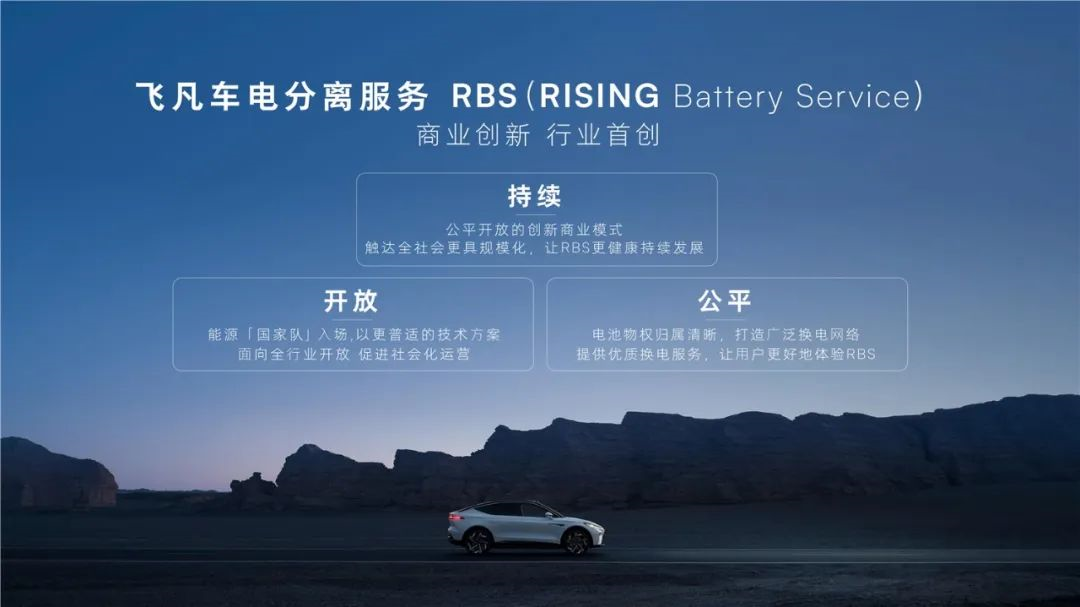
In the future, with the gradual construction of the battery mall, Flyco will bring more convenient and flexible battery rental experience to users. When users want to stop the battery rental mode, they can choose the new/old battery buyout service in the battery mall.And RisingAuto has also launched an official service for recycling old batteries. When users who have bought out batteries want to switch to leasing, the official service can recycle the old batteries in the user’s hands to switch to leasing services.
In order to provide users with more flexible battery leasing options, RisingAuto has also launched a daily rental switching service for users to temporarily change to leasing batteries with larger capacity.
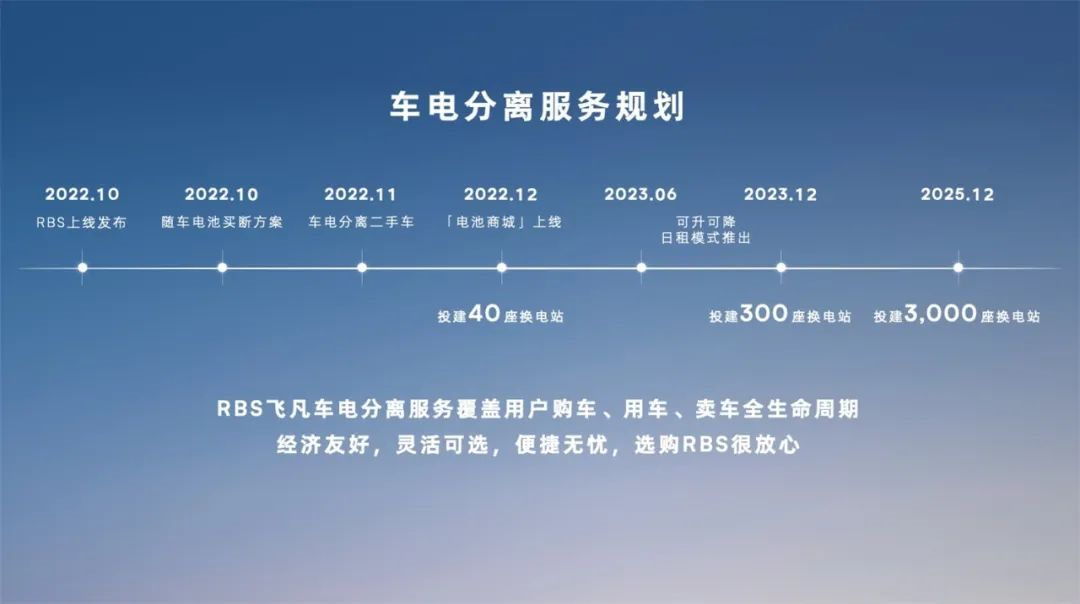
As for the battery quality and decay issue that users are concerned about, Shanghai Jieneng ZhiDian will also provide safety and health guarantees for the entire life cycle of battery use for users of RBS vehicle-power separation services, and users don’t have to worry about the depreciation of the vehicle due to battery decay.
Especially for the sale of used cars, RisingAuto Automobile also provides users with flexible options. Its official used car platform supports the sale of vehicles with leased batteries. If users want to sell used cars on other platforms, they can also choose to buy out the batteries.
Finally
Energy supplementation is a key battle in the competition in the second half of the electric vehicle market. The pressure on car companies is not small, whether it is 800V ultra-fast charging or battery swapping, they not only need to overcome technical difficulties, but also undertake part of the basic construction tasks.
However, this also reflects the strength of a car company from the side. RisingAuto R7 dares to be positioned as high-end, naturally there are outstanding aspects, and we can get a glimpse of it from the energy supplement system.
This article is a translation by ChatGPT of a Chinese report from 42HOW. If you have any questions about it, please email bd@42how.com.
